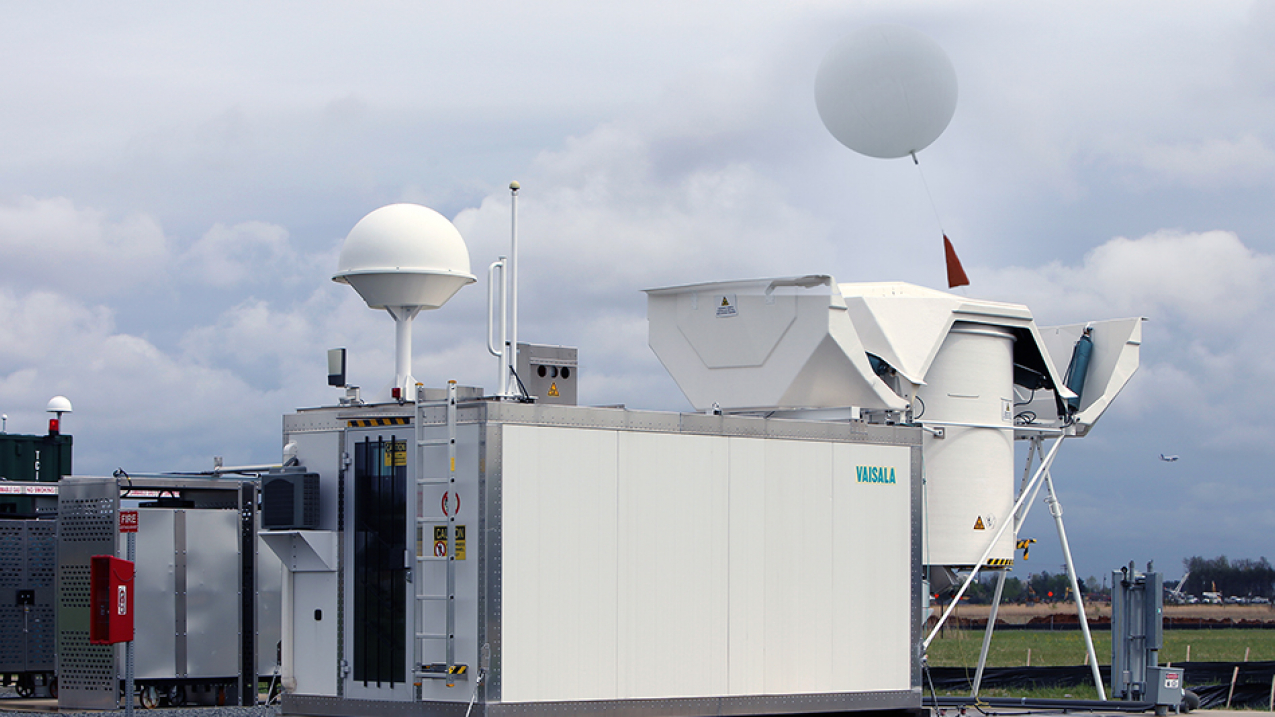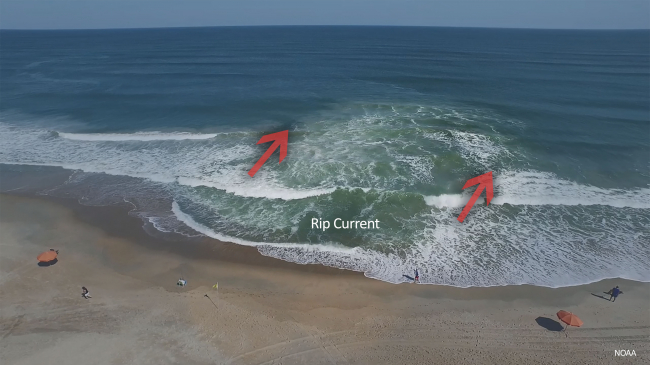Demonstration project underway as Alaska receives first autolaunch stations

A weather balloon is set afloat during an autolauncher test run at the National Weather Service Field Support Center in Sterling, Virginia. NOAA scientists at the support center extensively evaluated autolaunchers for operational feasibility before the first unit was deployed to Kodiak, Alaska, in 2015, and now they test software upgrades to ensure continued high performance. (Image credit: NOAA)




